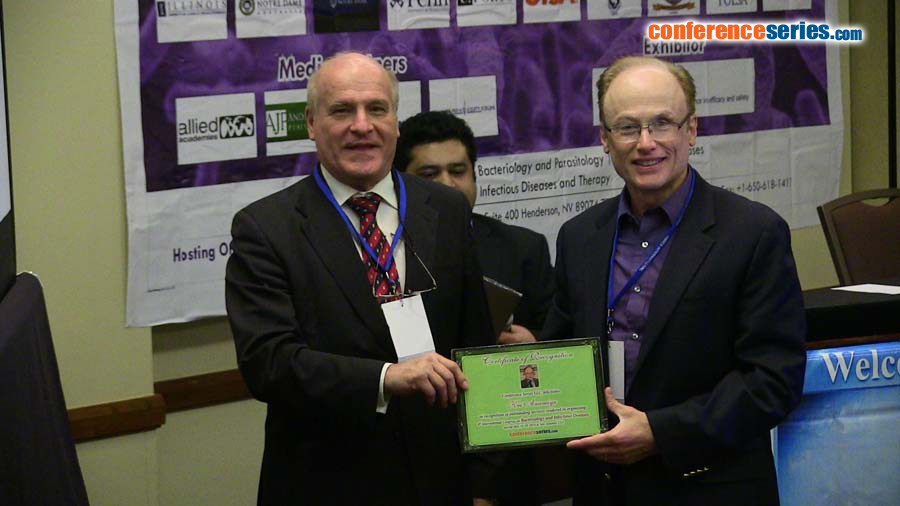
George Mendz
The University of Notre Dame Australia, Australia
Title: The vaginal microbiome during pregnancy
Biography
Biography: George Mendz
Abstract
Background: In pregnancy, the mother’s anatomy, physiology and immune function are dynamically altered to accommodate the developing infant. Current understanding supports the view that the indigenous microbiota of the mother’s genital tract has a pivotal role in shaping the host environment.rnPreterm birth: In 2010, there were about 15 million of preterm births in the world, defined as delivery before 37 weeks gestation. Babies born prematurely have increased risk of short and long-term complications, mainly owing to the immaturity of multiple organ systems and neurodevelopmental disorders. There is overwhelming evidence to implicate genital infections in up to 40% of preterm birth cases.rnAccess to the intra-amniotic cavity is difficult, and evidence supports the hypothesis that a major path of invasion is the ascending of microorganisms from the vagina to the uterus. The changes induced in the vaginal microbial populations of pregnant women in health and disease are the subject of intense investigations to establish the type and rate of changes in this microflora during pregnancy, as well as to elucidate the changes in the microbiome resulting from the presence of pathogens.rnThe human microbiome: Cultivation-independent studies of the human microbiota performed using new generation sequencing and applying state-of-the-art biostatistical tools, have revealed the presence of trillions of microorganisms in various body microhabitats, which have a great diversity of microbial species organised in different population structures, and include a large number of dynamic interactions between microbes and with the host. In particular, the vaginal microbiome has a role in human development, physiology and immunity. rnThe vaginal microbiome: The results of many studies of the vaginal microbiota of pregnant and non-pregnant women indicate a relationship with the racial background of the woman. The data show the important role Lactobacillus bacteria have in the health of this organ, as well as the presence of vaginotypes characterised by bacterial profiles in which a single taxon dominates the population. However, modeling disease as the result of a decrease in the percentage of lactobacilli and concomitant overgrowth by other bacterial species has turned out to be too simplistic to explain the complexity, diversity and balance of the bacterial ecosystem of the vagina.rnCurrent studies of the vaginal microbiome of pregnant women can be grouped in three types:rn(1) cross-sectional studies provide snapshots of the structure of bacterial communities in the vagina at specific moments during pregnancy; rn(2) longitudinal studies address the temporal changes in this microbiome during pregnancy; andrn(3) reviews cover a broad range of issues from microbial pathogenic mechanisms to clinical practice. rnWork on the vaginal microbiome has made an invaluable contribution to understanding preterm birth; nonetheless, basic questions such as the structure of vaginal bacterial communities in women giving birth preterm or at term, or the presence/abundance of specific taxa in these two populations and their relations to infection have been given contradictory answers and remain to be elucidated.rn




